Was Boris Johnson bounced into ordering the second lockdown?
Opponents of the lockdown suggest that the prime minister was manoeuvred into ordering people to stay at home

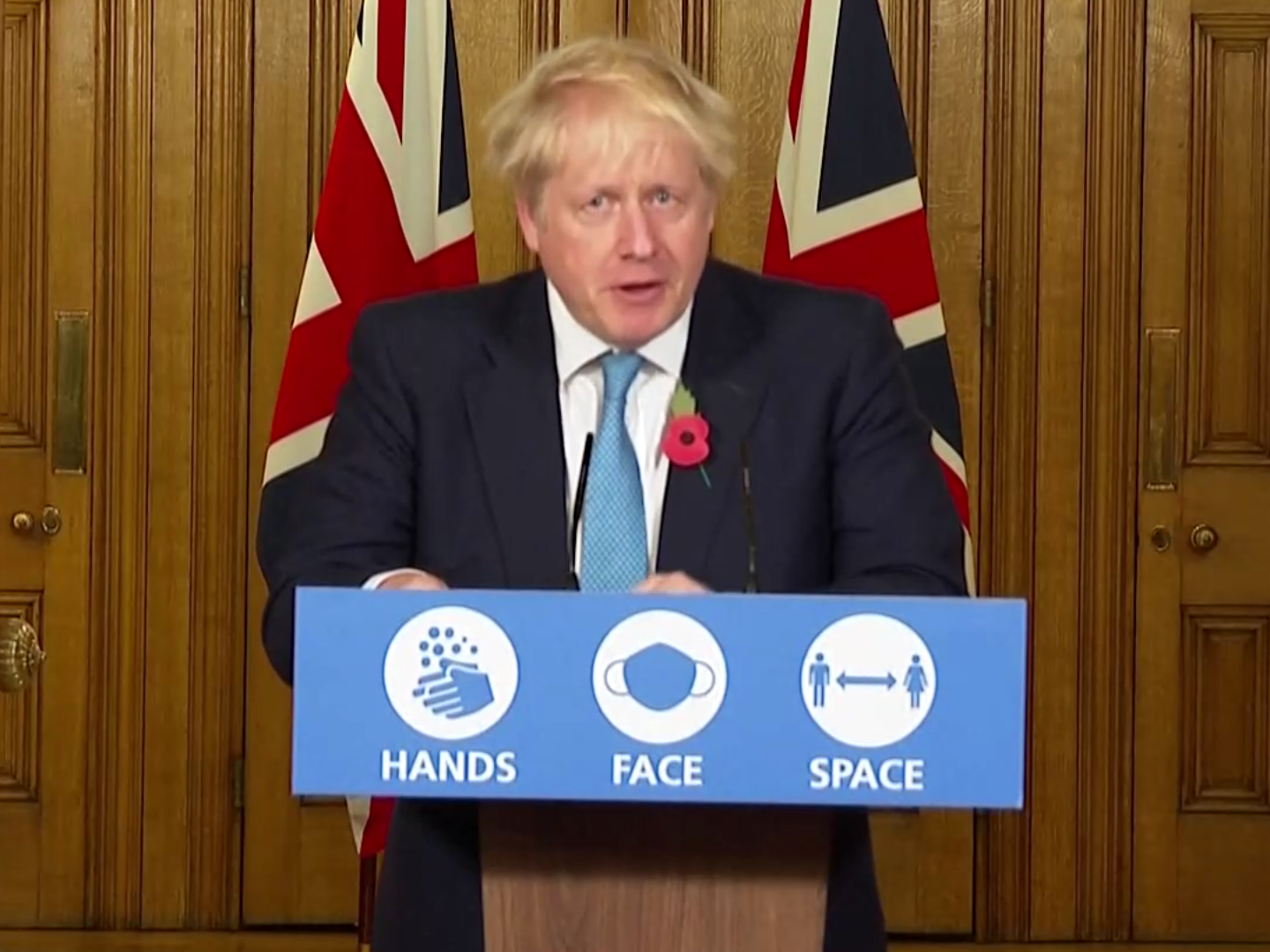
Your support helps us to tell the story
From reproductive rights to climate change to Big Tech, The Independent is on the ground when the story is developing. Whether it's investigating the financials of Elon Musk's pro-Trump PAC or producing our latest documentary, 'The A Word', which shines a light on the American women fighting for reproductive rights, we know how important it is to parse out the facts from the messaging.
At such a critical moment in US history, we need reporters on the ground. Your donation allows us to keep sending journalists to speak to both sides of the story.
The Independent is trusted by Americans across the entire political spectrum. And unlike many other quality news outlets, we choose not to lock Americans out of our reporting and analysis with paywalls. We believe quality journalism should be available to everyone, paid for by those who can afford it.
Your support makes all the difference.A week ago, something strange seemed to be going on. We were told by No 10 that the prime minister was going to hold a news conference at 4pm on Saturday. We knew he was going to announce a second lockdown, because that decision had been leaked the night before. Then the news conference was going to be at 5pm; as 5pm approached we were told it would be 5.30pm; it wasn’t until 6.45pm that Boris Johnson, flanked by Sir Patrick Vallance and Professor Chris Whitty, finally appeared.
Something must be up. Journalists speculated that someone, a minister or an adviser, must be threatening to resign. No one did, and the boring explanation from No 10 was that the lockdown announcement took longer to finalise than expected, while the prime minister was keen to talk to anti-lockdown Conservative MPs to try to minimise the Commons rebellion.
The assumption that all was not what it seemed had taken hold, however. It was reported that Johnson had not finally decided to go for a lockdown at the meeting with Rishi Sunak, Matt Hancock and Michael Gove on Friday, and that he had asked for more information over the weekend. The theory promoted by opponents of the lockdown was that the leak of the meeting’s tentative conclusion had been designed to bounce the prime minister into going ahead with it.
The leak certainly forced the news conference to be brought forward from Monday (after an announcement in the House of Commons) to Saturday, but my understanding is that the decision on Friday was clear and unanimous. The most significant dog that didn’t bark was the chancellor, who had previously resisted greater restrictions, and who had previously challenged Sir Patrick and Professor Whitty’s numbers – an occasion that has entered civil service folklore: “But that’s not what it says in this annexe.”
It seems that the ministers were persuaded by the chief scientific adviser and the chief medical officer that the NHS was indeed at risk of being overwhelmed within weeks unless further action was taken. The situation had changed from September, when Sir Patrick and Professor Whitty had urged a lockdown to try to get the rate of infections back to its level in August – and indeed from 12 October when the tiered regional restrictions were imposed.
That did not stop lockdown-sceptics from attacking the information on which the decision was made. They criticised the “scenario” graphs shown by Sir Patrick at the Halloween news conference, in particular one suggesting deaths from coronavirus would reach 4,000 a day, four times the peak in April, if no new measures were imposed. They appeared to be vindicated when the independent Statistics Authority criticised the publication of models without showing their underlying assumptions. The problem with that graph was that it undermined confidence in the rest of what the scientists were saying. Nevertheless, when Steve Baker, Brexit rebel turned anti-lockdown freedom fighter, went into No 10 with some anti-lockdown scientists, hoping to “take the wheels off the data”, he admitted later that “that has not been possible”.
If you want to gain some insight into what happened at that “red team” meeting, do read the minutes of the evidence given by Sir Patrick and Professor Whitty to the science and technology committee of MPs on Tuesday. They all but accepted that they shouldn’t have used the 4,000 deaths graph, but nevertheless made a compelling case from NHS figures that further measures were needed. It was notable that Sir Simon Stevens, the NHS chief executive, got that message across at Thursday’s news conference with a much simpler presentation.
The anti-lockdowners lost the day in parliament, with 516 MPs voting on Wednesday for the lockdown regulations, and only 38 against. But it was striking that Theresa May was not persuaded, and abstained, along with 15 more Conservative MPs, and that the prime minister came within just two votes of the psychologically significant point of having to rely on the opposition to get the regulations through.
The anti-lockdown case seemed to be strengthened yesterday by new figures from the Office for National Statistics suggesting that the rising tide of infections may have been turning a week ago. If so, that is good news, but it is too early to be sure.
So, no, I don’t think Johnson was bounced into the lockdown, either by the leak from the ministerial meeting, or by the scientific and medical advisers manipulating the figures. The leak happened because it is hard to prevent news of such an important decision from spreading – the prime minister was right but possibly naive to want to manage the decision in an orderly way and to announce it in parliament first. Equally, Sir Patrick and Professor Whitty made mistakes in the way they presented some of the figures, but their case was strong enough to convince the chancellor and even, temporarily, Steve Baker.
Baker voted against the lockdown in the end, but admitted that he was not sure he was doing the right thing: “I really wish I had the clarity – on either side of the argument – that is occasionally expressed in this House, and much more routinely expressed outside it.”
On the other side of the argument, Professor Whitty also accepted the decision was a difficult balance to strike. Having argued privately for a lockdown in September, he said last Saturday: “The idea that there is a perfect time to act is a complete misapprehension. There is no perfect time, and there are no good solutions. All the solutions are bad.”
If only politicians and their advisers could be so blunt about the difficulties of dealing with uncertainty more often.
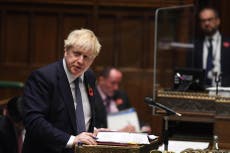
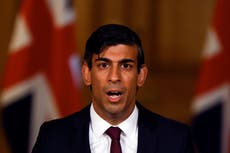
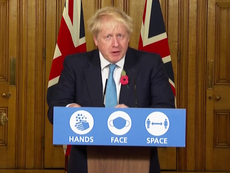
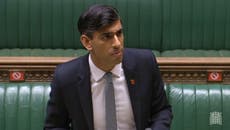
Join our commenting forum
Join thought-provoking conversations, follow other Independent readers and see their replies
0Comments